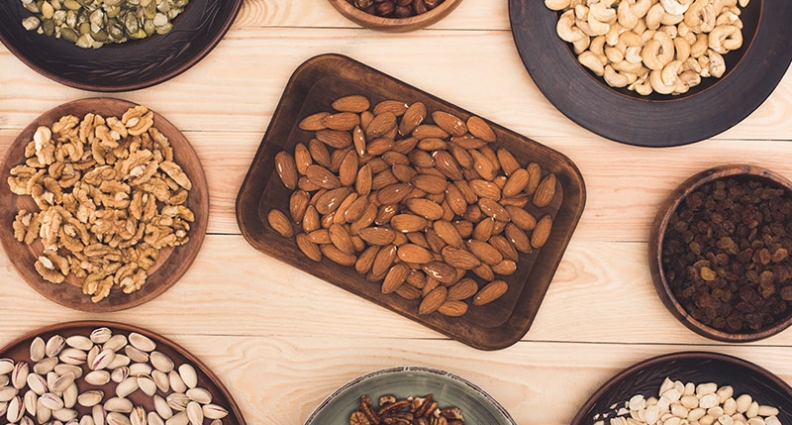THE IMPORTANCE OF BCAA’S FOR MUSCLE CONSTRUCTION
BCAA’s (Branched Chain Amino Acids) are three essential amino acids that are not produced by our body (L-Valine, L-Leucine and L-Isoleucine), and about one third of muscle proteins are composed of these branched chain amino acids ( BCAA’s). Hence its great importance mainly for those who practice physical activities.
THE IMPORTANCE OF BCAA’S FOR MUSCLE CONSTRUCTION
Muscle building is dependent on specific training for that purpose. Muscle adaptation and development depend on the balance between protein synthesis and degradation, naturally present in these workouts. To promote muscle growth, we must focus on maximizing synthesis and minimizing muscle breakdown. For this, it is important to maintain an adequate nutritional and energy intake, in order to optimize muscle adaptations.
Protein intake, especially BCAA’s, has been shown to have positive effects on sports performance, which is why these amino acids have become a very popular supplement among athletes.
BCAA’s (Branched-Chain Amino Acids) are branched-chain amino acids, namely leucine, isoleucine and valine. They are considered essential amino acids, since they are not synthesized by our body, having to be obtained through food. The foods with the highest presence of BCAA’s are animal foods, meat, fish, eggs, milk and dairy products, legumes and nuts. In order to enrich our intake of BCAA’s, we can find them in supplements in isolation or through whey protein.
Its benefit for physical performance can occur for several reasons, but especially for its stimulating action of muscle protein synthesis, since the ingestion of simple carbohydrates in the presence of protein (in particular the amino acid leucine), greatly increases the insulin levels after physical exercise, which in the presence of amino acids, leads to a stimulation of hypertrophy and muscle strength. On the other hand, BCAA’s play an important role in preventing muscle protein breakdown and reducing the markers of muscle damage induced by physical exercise. In addition to this role at the muscle level, BCAAS’s can interfere with the transport of tryptophan to the brain, reducing the synthesis of serotonin and consequently reducing the feeling of fatigue.
The intake of BCAA’s in view of these goals, should be done essentially after training. The amount must be defined according to the food and / or supplementary intake that is made concurrently.
The Academy of Nutrition and Dietetics, Dietitians of Canada in collaboration with the American College of Sports Medicine recommends a protein intake of 0.25-0.3g / kg body weight or 15-25g protein, especially of high biological value, immediately after the activity. In order to obtain maximum gains for muscle protein synthesis and recovery, it is recommended to ingest 2-3 g of leucine after training.
The best sources of BCAA’s are foods with high biological value protein, namely milk and dairy products, lean meat, egg and food supplements that provide proteins isolated from whey, casein, soy and egg.



